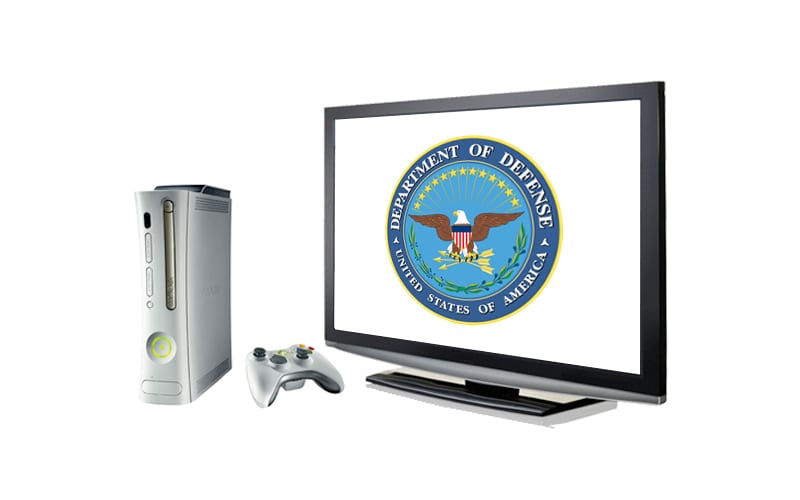
There are a number of competing and overlapping terms to describe how governments communicate with or relate to their own citizens and those of other countries, including strategic communication, public diplomacy, public affairs, information operations and global engagement. Depending on who is saying what to whom and where, different authorities, funds, channels or even laws can apply.
For example, by law, the United States government cannot “propagandize” its own people, but is permitted to try to “persuade” others around the world to support U.S. interests and actions. It can “inform” anyone about U.S. policies, actions, history, culture and opportunities.
When the State or Defense Departments communicate with the American people, usually through the media, it is called public affairs. How the State Department interacts with global audience is termed public diplomacy. When the Department of Defense does something similar (but usually with a short-term objective) it has been known as strategic communication — until recently.
But late last month, the Department of Defense issued a memorandum announcing that the term strategic communication is out, and communication synchronization is in. Why the shift and what does it mean?
According to the memo, strategic communication, which has been a joint responsibility of DoD’s Public Affairs and Policy communities with lots of interested players on the margins, created bureaucratic and functional confusion regarding military planning and oversight. As Assistant to the Secretary of Defense for Public Affairs George Little wrote, “most things previously termed ‘SC’ are in fact Public Affairs responsibilities.” This makes sense.
But are strategic communication and communication synchronization the same? Not necessarily.
Communication synchronization can be viewed as constructing a narrative and sustaining it across the bureaucracy. The United States is actually pretty good at this. Take one recent celebrated example. Susan Rice, the U.S. ambassador to the United Nations, echoed talking points about Benghazi developed by the intelligence community when she appeared on several Sunday shows five days after the attack. The criticism from some Senators has been that she should have been less, well, synchronized.
The word strategic communicates importance, something directly related to a vital interest or a core function. The evolution of the concept of strategic communication within the military a decade or so ago reflected the emergence of a 24/7 global media environment, the interconnected world of the Internet, traditional media, satellite television and now social media and citizen journalists. In this world, governments communicate with each other and with broader society. People communicate vertically and horizontally and have access to more and better quality information than ever before.
United States policies, pronouncements and actions receive relentless scrutiny. In order to gain international understanding and support, to the extent possible, what we say and what we do need to complement and not contradict each other. Strategic communication is about keeping our words and deeds in the same zip code, or offering a quick and coherent explanation when one or the other strays beyond the established narrative.
This can be very difficult, particularly when policies and priorities, or interests and values, collide.
More often than we’d like to admit, our actions look one way to us, but are perceived very differently half a world away. Think of the bin Laden raid in Pakistan. From Kalamazoo, taking bin Laden off the battlefield was a no-brainer. From Karachi, it was a violation of sovereignty and a national humiliation.
Recognizing that the raid, necessary as it was, would inflame Pakistani public opinion, the initial description of the operation by President Obama was carefully constructed to try and mitigate these vastly different perceptions between the two countries. That’s strategic communication.
It’s not clear that communication synchronization addresses situations where our actions, no matter how well we attempt to explain them, have potentially far-reaching public policy consequences. Despite assertions to the contrary, the United States had no trouble communicating in Iraq. But what we viewed as liberation, others viewed as occupation. What we described as a war on terror, others perceived as a war against Islam. Our narrative was clear and consistent, but carried high costs we are still paying in a critical part of the world.
Going forward, the United States must recognize how consistent words and actions translate into effective and sustainable policies, regardless of what you call it.





